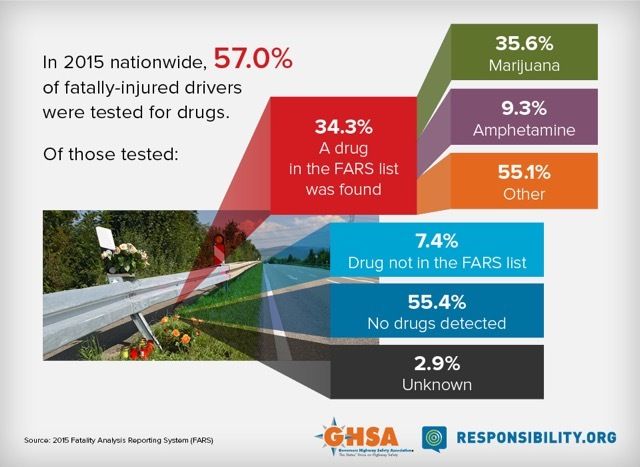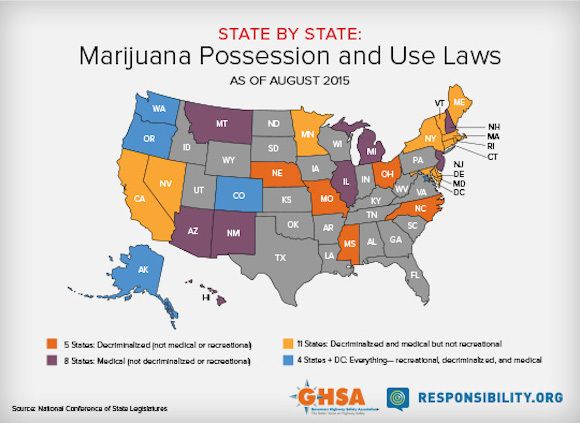Every morning I walk down Santa Monica Blvd. by the Shake Shack past the vacant house the legendary rock band The Doors made famous and cross over to La Cienega Blvd. On the other side is the infamous Alta Motel, a seedy joint where cheap escorts make their way out of motel rooms singing the tunes of bygone rockers. Next door is a large broken window pane that announces psychic readings. And this is next to two headshops and three marijuana dispensaries. The air above this little slice of La Cienega is always filled with the fumes of marijuana, a repository where loners, yocals and destitute people puff on buds of reefer, or so it was called in my day.
Perhaps Kenny Chesney and Pink say it best in the lyrics to their hit song Setting the World on Fire: “Yeah,
we got a little higher than we probably should, we were in a hotel
singin’ in the hallway lights, we were strikin’ the matches right down
to the ashes, setting the world on fire...”
Here
at the corner of La Cienega and Santa Monica, though, it’s not unique.
It represents a microcosm of the rest of the country which appears to be
embracing cannabis as the new norm.
As such, here are some important facts regarding marijuana’s rise to legal status in America:
As such, here are some important facts regarding marijuana’s rise to legal status in America:
- Marijuana is a mind-altering drug. According to the National Institute on Drug Abuse (NIDA), marijuana—also called weed, herb, pot, grass, bud, ganja, Mary Jane, and a vast number of other slang terms—is a greenish-gray mixture of the dried, shredded leaves and flowers of Cannabis sativa, or hemp plant. There are many ways for people to smoke marijuana. The main psychoactive (mind-altering) chemical in marijuana, responsible for most of the intoxicating effects that people seek, is delta-9-tetrahydrocannabinol (THC). The chemical is found in resin produced by the leaves and buds primarily of the female cannabis plant. NIDA reports that the “high” caused by THC have other effects, including: “altered senses and time, changes in mood, impaired body movement, difficulty with thinking and problem solving and impaired memory.”
- Adolescence & Marijuana Use. Researchers at Tel Aviv University recently published a study in Human Molecular Genetics which now points to cannabis being a trigger for schizophrenia (a disorder caused by an imbalance in the brain’s chemical reactions) in adolescent youth. Their findings report that “smoking pot or using cannabis in other ways may serve as a catalyst for schizophrenia in individuals already susceptible to this disorder.” In other words, young people with a genetic susceptibility to schizophrenia – and those who have psychiatric disorders in their families— should bear in mind that they’re playing with fire if they smoke pot during adolescence.
- Synthetic cannabinoid abuse is a growing problem in the US. With new versions of the drugs coming to the market every year, new research is examining how the body processes these human-made (in a lab) drugs and the role that genetics might play in their metabolism. The work could reveal genetic factors that increase a person’s risk for experiencing the most dangerous effects of these drugs and lead to new treatments to counteract those effects. In fact, according to Time Magazine, synthetic marijuana is causing health emergencies in youth who don’t know how to differentiate between synthetic and natural marijuana.
- First time college use of pot highest level in three decades. Results from the annual Monitoring the Future study, which is conducted by a team of researchers at the University of Michigan and is funded by the National Institute on Drug Abuse shows “increasing levels of first-time marijuana use among young adults have been concentrated among college students. Furthermore, increases show “by about 51 percent in 2015, 41 percent in 2014, 31 percent in 2013 and 20 percent from 1977 to 2012.” Richard Miech, the lead author of the study, suggests these increases may be because “college students are less likely than older adults and non-college students to have entered the social roles of spouse, parent and employee, all of which reduce marijuana use. Many factors unique to college also promote substance use, such as lack of parental supervision, plenty of free time and a party culture.”
- Usage up in the state of Colorado. The National Survey on Drug Use and Health data found that Colorado teens and adults use marijuana at a higher rate than the rest of the country. Colorado legalized marijuana in 2012 and implemented legal marijuana stores in 2014. Colorado’s past-month marijuana use among 12-to-17 year-olds saw an increase, from 9.82% to 12.56%, according to the most recent year-by-year comparison looking at pre-legalization data. And according to data gathered by the Substance Abuse and Mental Health Services Administration (SAMHSA), this increase in marijuana usage makes Colorado the number one state in the union for most marijuana users in the years 2013-2014 when the data was collected.
- The effects of marijuana use on driving. According to the Governors Highway Safety Association report on drug-impaired driving, “in experimental settings, marijuana impairs psychomotor skills and cognitive functions associated with driving, including vigilance, time and distance perception, lane tracking, motor coordination, divided attention tasks, and reaction time.” Although the report shows that drivers who smoke marijuana may experience the above impairments while driving, the report qualifies these findings with: “for many drugs the relations between a drug’s presence in the body, its effect on driving, and its effects on crash risk are complex, not understood well, and vary from driver to driver.”
- Changes in the law concerning marijuana. According to a research study in JAMA Psychiatry, an online peer-reviewed medical journal published by the American Medical Association, the research report concluded that “medical marijuana laws appear to have contributed to increased prevalence of illicit cannabis use and cannabis use disorders.” And the Governors Highway Safety Association reports that “a medical marijuana law was associated with increased marijuana presence in fatally-injured drivers in only 3 of the 14 states that implemented a law before 2010.” The study also found that in Colorado, the proportion of drivers in a fatal motor vehicle crash who were marijuana-positive was “4.5% in the first 6 months of 1994, 5.9% in the first 6 months of 2009, and 10% at the end of 2011.” In California where marijuana has been decriminalized since January 2011, the research shows that “there was no change in THC-positive driving among weekend nighttime drivers, but there was a significant increase in crash fatalities involving cannabinoids.” The researchers “suspect this was due to an increased attention to marijuana in fatal crashes after the law change.”
- Drug interactions and synergistic effects or 1+1=3. Impairment can increase if drugs are used in combination or together with alcohol. Alcohol and marijuana used together are particularly risky. Research gathered by the Governors Highway Safety Association showed that the combined use of alcohol and marijuana “dramatically impaired driving performance” and that “use of alcohol and marijuana together produces significantly higher blood concentrations of THC than just marijuana use.”
- Laws regarding driving under the influence of drugs. Note that these laws vary by state. Visit the Stop Driving Under Influence of Drugs website to find the laws that apply to each state:
- Driving Under Influence of Drugs (DUID): illegal to drive while impaired by any drug.
- Zero Tolerance: illegal to drive with any amount of specified drugs in the body.
- Per se: illegal to drive with amounts of specified drugs in the body exceeding set limits.
A cautionary tale. So
next time you choose to get high on La Cienega or anywhere else, make
smart decisions about not driving and keeping it to safe locations.
Also, when not driving intoxicated, think about the potentially impaired
driver next to you and how to be a defensive driver so as to avoid
traffic accidents.




No comments:
Post a Comment